
探索台灣山、台灣海、台灣人
Oriental Titanic - Takachiho Maru (2022/07 Special Series - The Hidden Story of the Sea 3)
The ocean is the carrier of all possibilities. We rely on the ocean and use it to create new history and careers. But the sea is also full of dangers. For hundreds of years, many people who came to Taiwan to seek their dreams have been buried in the sea and turned into floating waters. Among the countless accidents, there is also one of the most tragic shipwrecks in Taiwan history: the sinking of the Takachiho Maru.

During the Japanese Occupation Period, if Taiwan wanted to travel to and from Japan, they mainly traveled on fixed flights called "Intra-Taiwan Airlines". The flight at that time was operated by the Osaka Merchant Shipping Company, and there was a passenger ship named "Takachiho Maru" on the route between Keelung and Kobe.
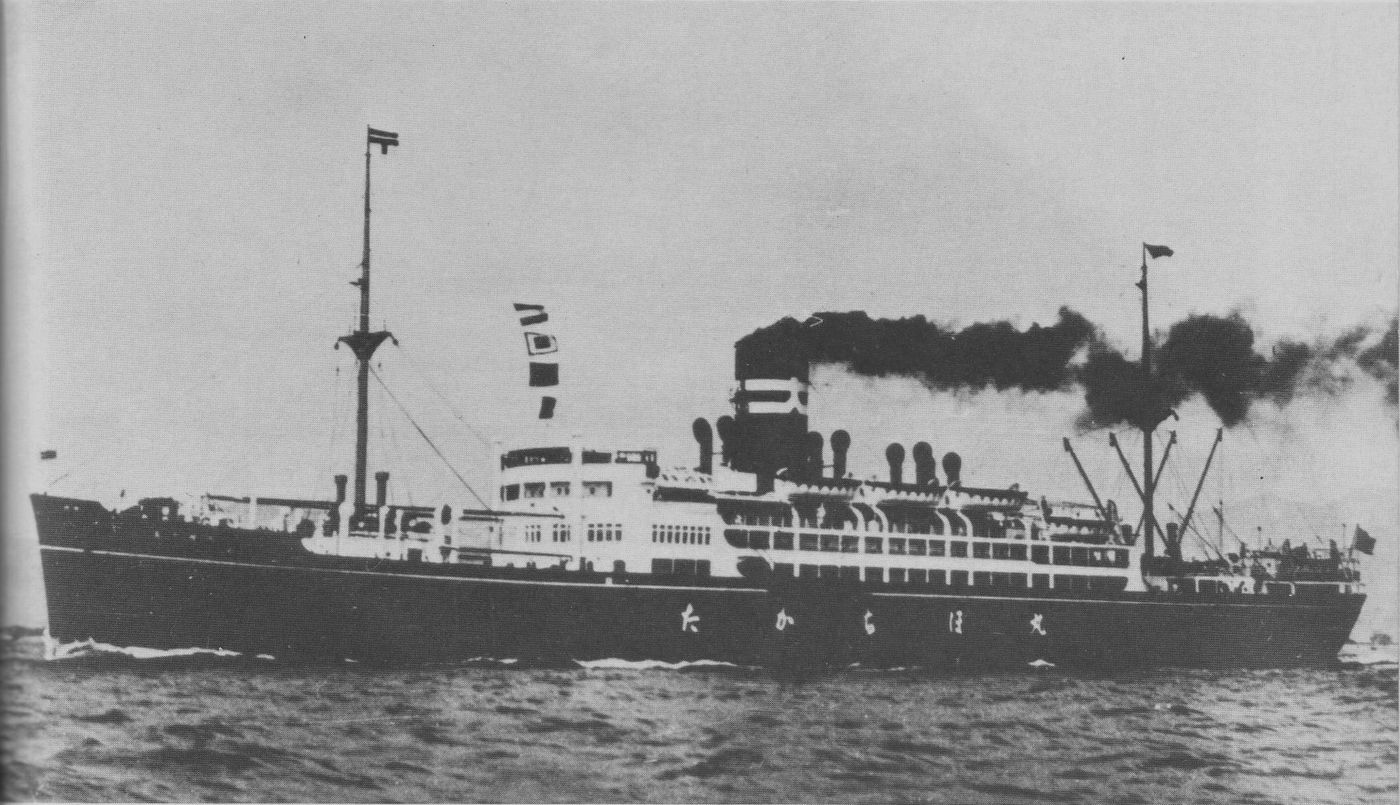
The ship has a gross tonnage of 8,100 tons, a length of 473 feet, a speed of 18 knots, and a cargo volume of 5,100 tons. It is known as the quintessence of shipbuilding technology. The cabin equipment can accommodate 35 people in first class, 74 people in second class A, 60 people in second class B, and 575 people in third class. It was completed in January 1934 at the Nagasaki Shipyard of Mitsubishi Heavy Industries, and the maiden voyage on February 10 of the same year departed from Kobe to Keelung.
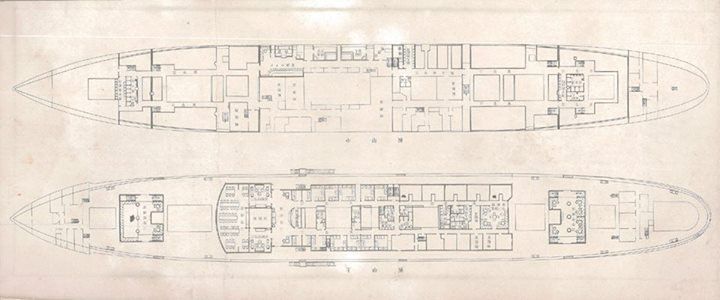
Since this is the first domestically built ship for the Taiwan route, the Japanese government has exhausted all aspects of the ship. According to the literature, Takachiho Maru is no less luxurious than the famous Titanic, and even the lighting is a large glass lamp specially ordered in Europe. Being able to board this passenger ship to travel to and from the sea was a very luxurious enjoyment at that time.
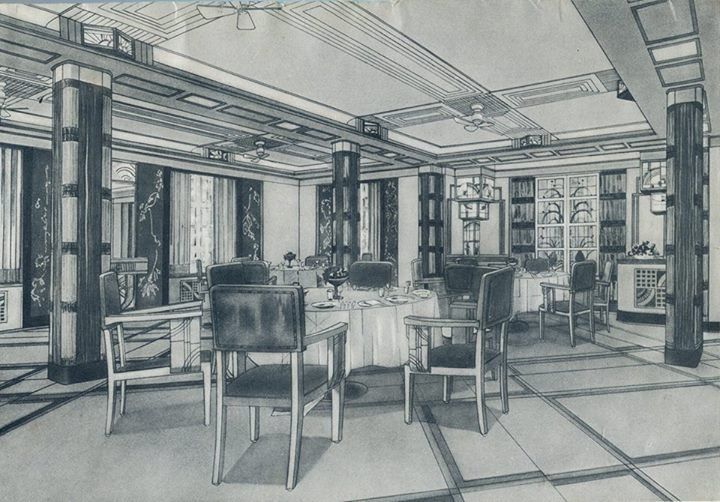

On March 14, 1943, during World War II, Takachiho Maru set sail from Kobe as usual and was expected to arrive at Keelung Port at noon on the 19th. There were thousands of passengers on board, most of them were students studying in Japan, Taiwanese businessmen, as well as Japanese police officers and civil servants who were going to Taiwan to take up new positions.
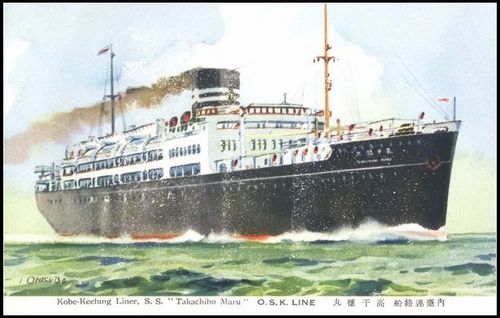
At 9:00 am on the 19th, just after the passengers had finished their breakfast, Takachiho Maru sailed to the area of Pengjiayu off the coast of Keelung, and was suddenly attacked by a USS Kingfish (SS-234), a U.S. catshark-class submarine. Two waves of torpedo attacks hit the center of the hull, bow and stern, and in just over ten minutes, the entire Takachiho Maru sank.

Because the news of the shipwreck was not grasped at the first time, the golden rescue time was delayed, resulting in heavy casualties. According to statistics, there were only 248 survivors, and a total of 844 to 1,000 people were killed, with different accounts. Among the dead were the family of Dong Jiasheng, an associate professor at Taipei Imperial University, the sculptor Huang Qingcheng and his pianist girlfriend Li Guixiang, as well as a number of prominent political and business families in Taiwan.
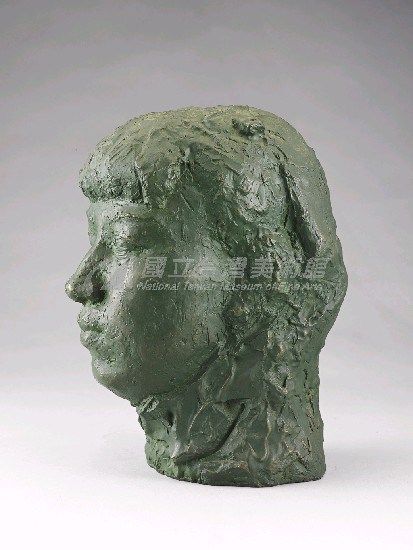
After the survivors drifted for two days and two nights, they were finally rescued by a fishing boat. However, the Japanese authorities actually blocked the news of this major shipwreck, and put the rescued survivors under house arrest in the large mansion of the Yan family in Keelung for about a week. It was not until the news of the shipwreck gradually spread that it could not be completely blocked, so everyone was released to return. family, and almost no condolences and compensation were given in the follow-up.

The Japanese government has also carried out a series of political operations, such as holding condolences, enshrining civil servants, soldiers and sailors who have died in the line of duty to enter the Yasukuni Shrine, and using news operations to stimulate the people's atmosphere of common hatred against the British and American allied forces. The Japanese side has also strengthened the protection measures for passenger ships, such as constantly changing the course and route to reach the destination, and equipping frigates to form a fleet.
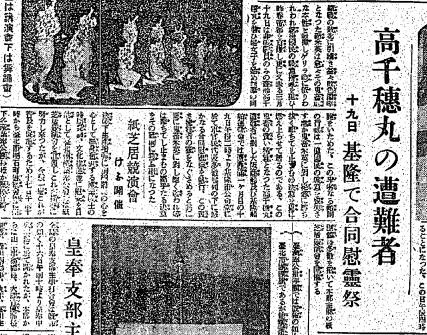

After the war, due to factors such as the Kuomintang government's pro-American and Japanese and political atmosphere, the records related to the Takachiho Maru incident were missing, and the descendants of Taiwanese rarely knew about it. It was not until 2006 that the film "Southern Chronicle: Light and Shadow of the Ukiyo World" took the Takachiho Maru shipwreck as the filming background, which briefly resonated and discussed, giving everyone a glimpse of the tragic history under this war.
Like my work?
Don't forget to support or like, so I know you are with me..
Comment…